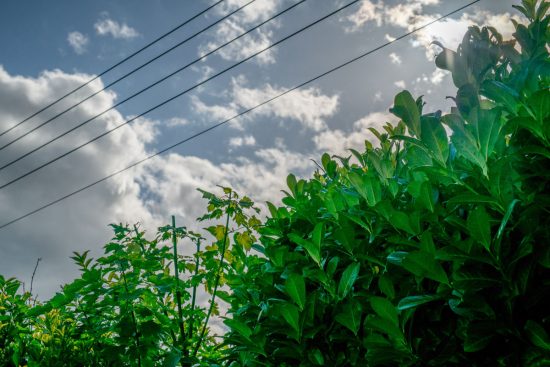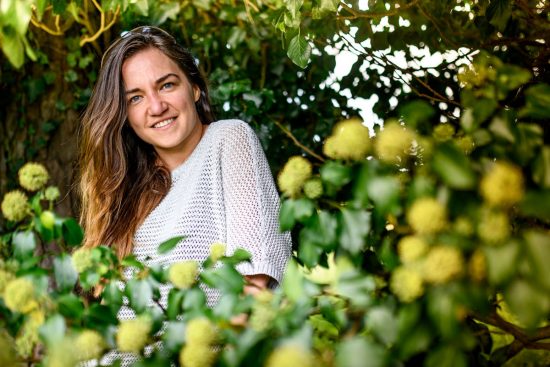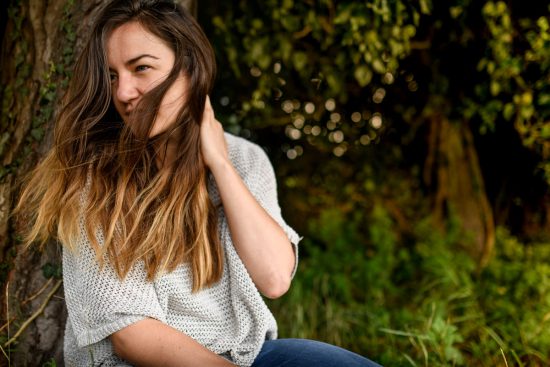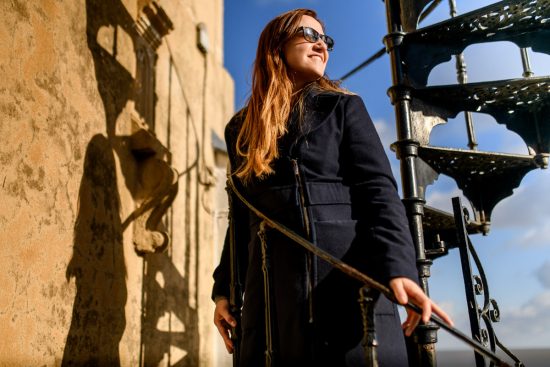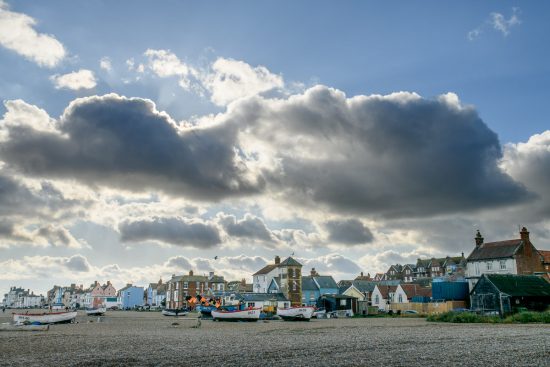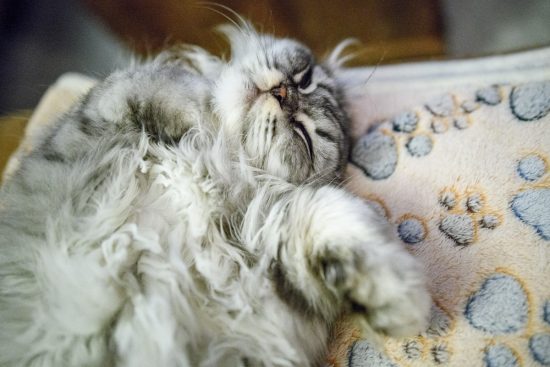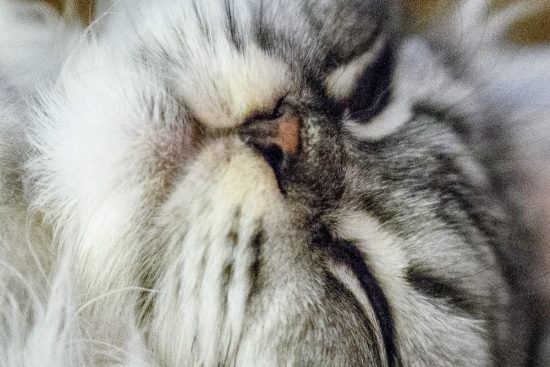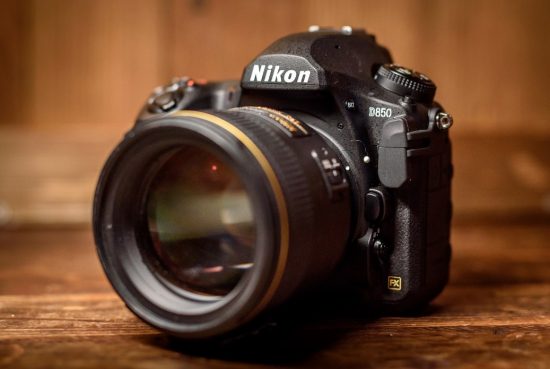
This Nikon D850 camera review is by Andy Zofka (annazofka.com | Facebook):
I’m Andy – half of Anna Zofka Photography wedding photography duo, photography tutor and a complete photography geek 😉
I got the D850 only a couple of days after its UK launch (early September) and I’ve been using it as my main camera since. Before I got the D850 I have been using mainly Nikon D750 for the last 2 years, as well as the Sony A7RII and the Nikon D5, so I’ll be making some comparisons, especially to the D750. Those of you looking to upgrade their D750 may find these bits particularly helpful. On the other hand I have no experience in using D800 or D810, so can’t really draw any comparisons to these cameras.
Please bear in mind that this review was written from a wedding photographer’s point of view – my priorities and expectations regarding equipment may be quite different to yours ☺ This review is based on my experience with the camera over the last few weeks. There is another, albeit shorter review, planned for January, once I have had a chance to use the camera for more landscape and wildlife photography during my trip to Costa Rica.
This review is based on a combination of real life shooting scenarios (events, portrait and a lot of casual shooting) and set up test scenarios, to see how far this camera can be pushed. I haven’t used the camera at a wedding yet, as until recently it was not supported by Lightroom and therefore camera profiles were not available.
Any photos in this review are included to illustrate a specific point, so if you are expecting dozens of pretty shots, I’m sorry to disappoint 😉 I think it’s beyond anyone’s doubt that this camera is capable of producing absolutely stunning images, hence why I decided that including such images wouldn’t be necessary.
The camera used for the review was bought by me and I’m in no way affiliated or commissioned by Nikon. I’m are also pretty much brand agnostic – as long as the bit of equipment does what I want, I don’t care what brand it is ☺
The sensor
The sensor in the D850 is absolutely epic. It’s also exclusive to Nikon, designed by Nikon and most likely made by Sony. A while ago you might have heard the statement that the state-of-the-art Sony sensors would be exclusive to Sony cameras. This statement was rather worrying considering that Nikon is using Sony sensors. To the best of my knowledge, this statement is not exactly true – it’s a combination of miscommunication, misinformation and the usual marketing fluff. It would be more accurate to say that in the past, Sony Semiconductor used to make state-of-the-art sensors, which were available off the shelf to camera manufacturers. These sensors included the well-known and widely used 24MP and 36MP full frame sensors used in the Nikon D610, D750, Sony A7, Nikon D800, D810 and Sony A7R to name a few. What is happening now is that such state-of the-art sensors are no longer available off the shelf. Camera manufacturers have to design their own sensors and Sony Semiconductors then make it for them – which is exactly the way Nikon have been working for years anyway. So, whilst it is true that no other manufacturer can use, for example, the exact sensor that’s used in Sony A9, they can still make their own (better or worse) version of that 20MP sensor.
Back to the D850… What actually makes its sensor so good? Let’s have a look…
Resolution/sharpness
- First off, is really 45MP needed? Well, that’s up to you. I never needed such a high resolution for my wedding work. Anything in 20-30MP has always been perfectly fine for me (Nikons D750 and D5 and Canons 5DmkII and mkIII before that. Sony A7RII was a bit of an oddball). The additional pixels are for me an unnecessary but perfectly acceptable feature in what is otherwise already a very, very good camera.
- Such high resolution also makes the DX crop mode perfectly usable due to 20MP resolution. So all in all, while I don’t need 45MP, it actually turns out to be a very useful feature.
mRAW and sRAW
- In theory, if you don’t need the full 45MP you can change the settings to mRAW (approx. 25MP) and sRAW (approx. 11MP). Sounds great? Well… I’ve got mixed feelings about those modes. Yes, you can have smaller RAW files, but straight away you lose the 14 bit mode, as you can only have this option when you select 12 bit RAW. Does it matter? With 14 bit you get 16,384 possible values per pixel instead of 4,096. In real life applications the difference isn’t anywhere near as obvious as this would imply, but you can push 14 bit files more when editing. Whether this matters or not in terms of image quality, depends largely on the image contents and how you like to edit your images.
The images below shows what happens when an image is seriously pushed in editing (almost 4 stops of underexposure with highlights then pulled all the way back).
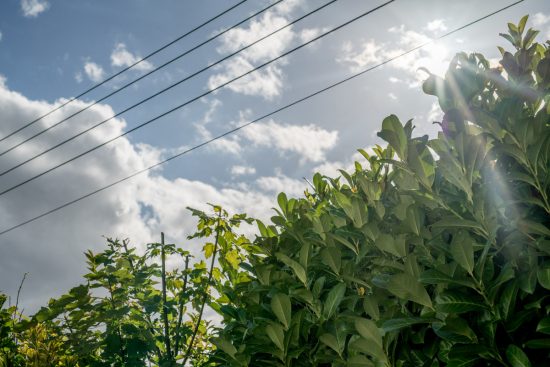
14 bit RAW holds together very well. The colours remain natural and there’s pretty much no visible noise.
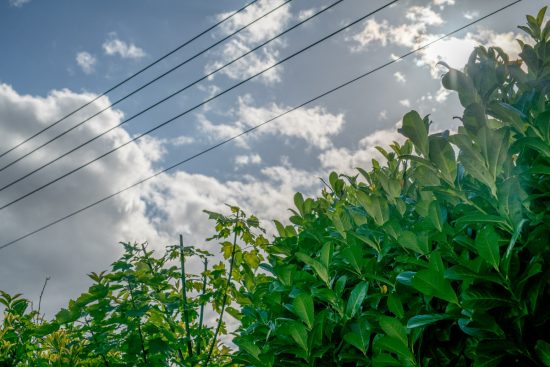
12 bit RAW loses integrity in the shadows – the greens are oversaturated and there is some noise.
mRAW has even more oversaturated shadows and more visible noise.
There will be another example showing this issue later in this review.
My another concern regarding mRAW is the fact that Nikon doesn’t make it public how exactly they accomplish making they RAW files smaller. There’s some clever algorithm running in the background and the files are certainly much better than Nikon’s previous attempts at creating smaller size RAWs. This doesn’t change the fact that some sort of resampling has to take place to reduce the file size and I don’t like not knowing what exactly is happening to the image before it’s written to the card.
As m- and sRAW files are 12 bit it is only fair to compare them to 12 bit full res RAW. Ok, you do save around 28% of the file size (25MB vs 35MB), but the buffer capacity remains the same in both cases (approximately 38 photos when writing to XQD and SD simultaneously). This is due to the additional work the processor has to do to make the files smaller.
So overall, the only benefit of mRAW is the somewhat smaller file size, at a cost of being limited to 12 bit and some small loss of image quality in extreme situations.
What’s my preference then? 14 bit lossless compressed full res RAW when shooting at up to 400 ISO and 12 bit lossless compressed full res RAW when shooting at higher ISO settings. While around 50MB makes it quite a hefty file at 14 bit, I can live with it… Sony A7RII files were around 80MB at 14 bit. The buffer and write speeds are good enough for my style of shooting and I know I’m getting the highest possible quality should I need it.
I do use mRAW quite a bit for casual shooting though and I’m more than happy with the results.
File sizes
Depending on the ISO and the scene, the file sizes for 14 bit RAW vary between around 45MB and 65MB. Nothing surprising here.
Same scene photographed at ISO64 gave the following results:
- 14 bit RAW – 47.5MB
- 12 bit RAW – 35.1MB
- mRAW – 25.5MB
Skin tones
The below images have only very modest amount of processing applied to them. Skin tones look pretty awesome to me although I appreciate that pleasing skin tones can mean different things to different photographers. I’m certainly happy with the results.



Dynamic range
The dynamic range is nothing short of amazing – I’m sure no one was expecting anything less from this camera. At the base ISO and in 14 bit mode, the files are impressively malleable and shadows retain integrity even after pulling them up by 4-5 stops. There’s also a lot of detail preserved in the highlights. Switching to 12 bit or mRAW gives far less impressive results though. The image below is quite an extreme example – exposure was metered for the highlights, resulting in the foreground being underexposed by around 5 stops.

As expected, straight out of the camera there is absolutely no detail visible in the shadows. Let’s see what we can get out of it.

14 bit RAW file pulled up by 5 stops looks very good indeed. There is a little bit of noise and a tiny bit of green cast in the deepest shadows but otherwise the image holds up very well.
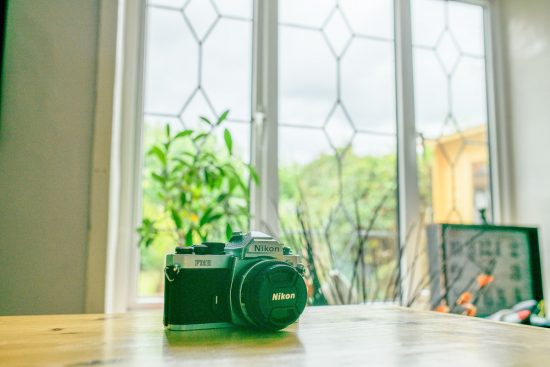
12 bit RAW… well, the image speaks for itself 😉 The amount of noise looks similar but there is a horrible green colour shift in the shadows and even in some of the mid-tones.
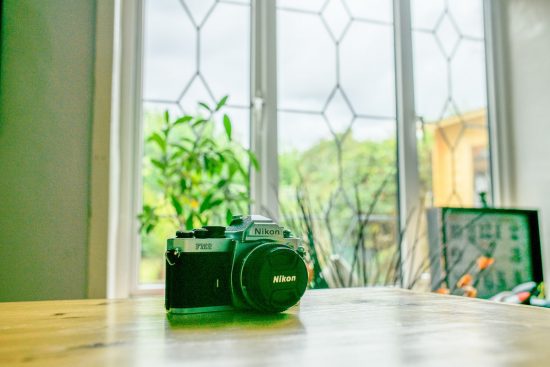
mRAW shows some more pronounced noise and the colour shift is even more visible. There’s certainly further loss of image quality when compared to 12 bit RAW, let alone the 14 bit version.
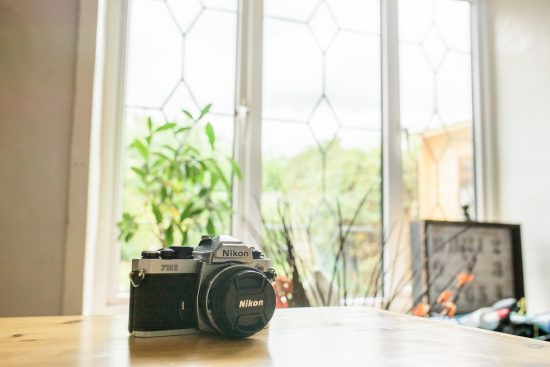
The above shot is from the Nikon D750 (14 bit RAW, at ISO100 rather than 64 though). The image quality is certainly comparable to 14 bit RAW file from D850 and arguably even a touch better but the difference is barely perceivable.
I’ve done a similar comparison at ISO400 and although the difference is not quite as dramatic, the same loss of image quality can be observed.
As I no longer have the Sony A7RII, I cannot make a direct comparison, but looking at the images shot with it in the past and the images coming out of D850, I can say with full confidence that both cameras have very similar dynamic range. Frankly, I’m not bothered about lab results showing a 0.5 stop difference in favour of one camera or the other, as both perform exceptionally well in this regard.
And compared to D5? Well, there is no comparison really. Shadows in the D5 files were falling apart when pushed around 3-3.5 stops, but that camera was never made for maximum dynamic range.
Here’s another example, this time a bit more realistic, of just how much can be recovered from heavily underexposed shadows.


High ISO performance
I tested the full native ISO range from 64 to 25,600. Up to around 800 ISO the noise is virtually non-existent. At values up to 6400 it is still very well controlled and limited to luminance noise. I’m certainly perfectly happy with using any of these settings if needed. In the 12,800 – 25,600 ISO range the noise becomes far more visible and the image quality deteriorates below the level I’m happy to accept. This is in line with what I expect to see in most cameras – the highest ‘clean’ ISO setting is 2 stops below the maximum native ISO setting.
I always find discussing high ISO settings a bit pointless as everyone has a different perception of what is an ‘acceptable’ amount of noise. I have to say though that at any setting, the noise is impressively well controlled, especially given the resolution of the camera.
The below images were shot at ISO12,800 and 10,000 with no noise reduction applied to them.
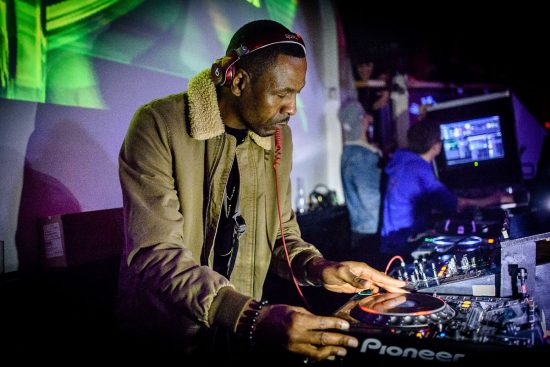
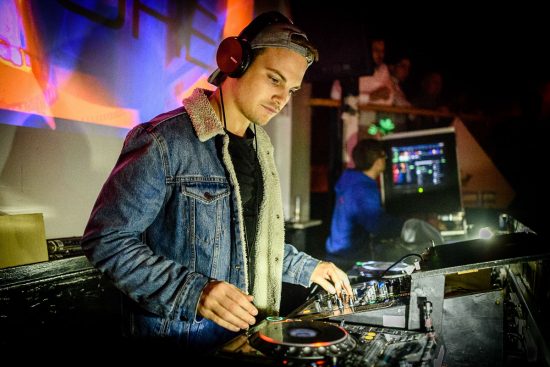
And a slightly different subject 😉 Shot at ISO3200, pushed almost 3 stops in Lightroom, no noise reduction.
Below is a 100% crop of this image.
Autofocus
Same as D5 what more is there to say? 😉 – this was the line I first wrote when I started making notes for this review based on my initial observations. Since then, other reviewers have pointed out that D850’s AF tracking is not quite as accurate. While this may be true for very dynamic action, in my experience I’ve noticed no difference in the AF performance between the D850 and the D5. I got plenty of keepers from both cameras and I got some out of focus shots from both. I must emphasise here that this is true in my experience and for my style of shooting. Your experience may be different. It’s beyond any doubt however, that this AF system is one of the most advanced systems currently available. It is also highly customisable so I’m sure most photographers will be able to tailor it perfectly to their needs.
Speed
The default card combination I use is the Sony XQD G Series card with the Lexar Professional UHS-II 2000x Speed SDXC card (both 64GB). This setup allows me to write RAW files to both cards without worrying about the buffer (this doesn’t mean that the buffer is unlimited – please see my notes below).
I did a few tests to compare the performance with various card combinations. Unless stated otherwise, the tests were done with the camera set to CH mode (7 fps), 14-bit full res RAW with second card set as backup.
Here are the results:
- Fast XQD + fast SDXC UHS-II – around 4s of continuous shooting, 23-25 photos, 10 sec to clear the buffer, around 2 fps while clearing, the camera never became unresponsive. In my default setting (CL set to 5 fps) I got around 6s before the buffer was full.
- XQD (Sony G Series) only – around 7-8s of continuous shooting, around 46 photos, 5 sec to clear the buffer, 3-4 fps while clearing
- SDXC UHS-II (Lexar Professional 2000x) only – around 4s of shooting, 23-25 photos, 10 sec to clear the buffer, around 2 fps while clearing
- Fast XQD + SDXC UHS-I – around 4s of shooting, 23-25 photos, around 1 fps while clearing and over 20s to clear the buffer
- SDXC UHS-I (SanDisk Extreme Pro 64GB) only – around 4s of shooting, 23-25 photos, 10 sec to clear the buffer, around 1 fps while clearing and over 20s to clear the buffer
- As a comparison Nikon D750 – around 2s of shooting, 13 photos, around 1-2 fps while clearing the buffer, around 7s to clear the buffer, the camera is a bit slow while clearing the buffer.
- 12-bit RAW, around 6s of shooting, around 38 photos, 9s to clear the buffer
- mRAW – around 6s of shooting, around 38 photos, 9s to clear the buffer
To sum it up – if you do a lot of bursts in quick succession, then using the XQD card only will give you the best performance. When shooting weddings, I cannot be without a backup, so the next best thing is the XQD plus the UHS-II SD card.
- The UHS-I card does not reduce the performance until the buffer is full at which point the camera becomes slower and the buffer takes much longer to clear. If your shooting style never maxes out the buffer then you can save fair few quid by using UHS-I cards.
- 12-bit full res RAW and mRAW gave identical results even though mRAW is generates smaller files. This is the result of additional processing required to create mRAW.
- Frame rate. 7 fps is only marginally more than D750’s 6.5fps but the buffer takes far longer to fill up. With the D750 there were moments at almost every wedding when I would either hit the buffer or had to consciously slow down to prevent it from happening. Hitting the buffer wasn’t as much of an issue as the fact that it would take a while for the camera to become responsive again. With the D850 this problem is non-existent (in my use), as I never go ‘all out’ for more than 2-3 seconds.
What about the 9 fps capability when the grip is attached? Well, for me, the rather hefty cost of the grip, the battery and the charger, as well as the added bulk and weight plus dealing with different batteries and chargers (I still use the D750) is simply not worth it. But I can totally see how it can make sense for others.
Ergonomics/customisation
- The body feels quite a bit heavier and chunkier than the D750, which for me, is not a bad thing. I don’t mind the added weight and I definitely prefer the feel of it – it’s built like a tank and feels very similar to the D5. If you have small hands, then you may find it a bit too chunky compared to the D750. I still think that the grip on the D750 is a little bit more comfortable.
- The AF-ON button, AF joystick and both programmable buttons at the front are positioned absolutely perfectly for me, better than the D750 and even the A7RII.
- The available customisation options are also better than D750. Below are some of my favourites:
- More programmable buttons than any other Nikon DSLR (apart from the D5 and D500).
- The ability to have a second AF mode under joystick ‘click’, and third under Pv button if you wish, which allows quick and easy access to different AF modes depending on the shooting conditions. At the moment I’ve got 3D Tracking programmed to the AF-On button and Single Point AF programmed to the joystick, although I keep experimenting with different options (initially I had Group AF instead of 3D Tracking).
- If you are moving from the D750 or other consumer (in terms of layout and controls) Nikon body then you may miss user settings U1 and U2. Photo Shooting Banks allow you similar or in fact even better features but they take a while to set up, as by default every bank will be set to manufacturers defaults, so you must change it to your personal ‘defaults’. You also have to remember to switch on the ‘Extended’ banks option. I’ve got my banks set the following way:
- Bank A – Max quality – my default shooting bank, 14 bit RAW and low ISO (usually up to 400).
- Bank B – Indoor – if I’m frequently moving from indoors to outdoors, this will be my indoor preset with higher ISO. I set it to 12 bit RAW, as there is no benefit of using 14 bit RAW at higher ISO settings.
- Bank C – High ISO – this is the preset I often use alongside Bank A if I keep switching between flash and available light in low light situations. Also set to 12 bit RAW and usually set to ISO3200 and above.
- Bank D – mRAW – pretty self-explanatory 😉 It’s just a bank I use when I don’t need larger RAW files. Handy for more casual shooting.
I realize that this is a very basic way of using banks and they give potential for far more customisation, but this setup works perfectly for me, as it allows me to change between a few groups of main settings without having to worry that I will accidentally shoot a whole wedding on a small JPEG setting 😉
- I’ve got also Pv button + rear command dial set to Shooting Bank selection, so I can switch between them quicker than I was able to switch to U1 or U2 on my D750. Of course you can have them set up completely differently, for example, with different focusing or exposure modes. You just have to keep track of what exactly is recorded in each bank and make sure you’ve got the right one selected at the right time 😉
Other features/observations
- Quiet shutter setting is actually reasonably quiet (at least comparing to the D750, although I do appreciate that this doesn’t set the bar very high 😉
- Silent shooting – Does exactly what it says on the tin 😉 Selecting silent shooting in live view generates absolutely no noise whatsoever. Unfortunately banding is an issue here as it was with the A7RII.
- Touch screen – It was barely an OK feature in the D5 and I’m pleased to say that Nikon did far better job implementing it in the D850. The touch to focus feature in live view mode is especially welcome.
- Articulated screen – although this is now a feature of many DSLRs and mirrorless cameras and shouldn’t be anything to get excited about, I’m glad to see that Nikon decided to implement it in the D850. It was only after I used the D5 for a couple of months I realised how useful this feature is. Especially if you are not very keen on laying down in a puddle to get ‘the’ shot 😉
- Focus peaking in live view – I haven’t used it much yet, but it works well and it’s a nice feature to have.
- Focus stacking – this is not something I use often but it’s awesome for ring shots and occasionally other detail shots.
- Lack of built-in flash. I know that some reviewers are complaining about it, but personally I think it’s about time Nikon got rid of it on a professional grade DSLR. I haven’t used the built-in flash in about 10 years and I use radio controlled speedlights so I don’t miss it at all. I do however, appreciate that getting rid of it means better weather sealing and more space for a bigger pentaprism. Again, just my opinion, feel free to disagree 😉
Conclusion
Nikon, you’ve created a truly amazing camera and I’m struggling to find anything to dislike about it. Yes, certain things could be improved, but this is true for every camera on the market. The D850 is one hell of a camera. In fact, I would go as far as saying that for the vast majority of photographers it is currently the best DSLR on the market, and by some margin (unless you need the extreme speed and durability of the PJ style bodies). For my needs and preferences the D850 is just about perfect.
This doesn’t, however, change the fact that the D750 is still an undisputed king when it comes to the combination of features, small size/weight and great price. Is the D850 a better camera? Absolutely yes. Is it worth over twice as much as the D750? That’s for you to decide. For me, yes, without any doubt it’s my favourite camera ever.
Pros:
- Image quality
- Ergonomics
- Customisation options
- Built quality
- Speed
- AF
- Pure joy to use
Cons:
- Banding in silent shooting mode
- Doesn’t have some of the fancy features the competition has (e.g. Sony’s Eye AF)
- Could be a bit cheaper 😉
- SD card impacts buffer clearing time (minor)
You can see more Anna’s and my work on our website and Facebook page:
If you have an interesting idea for a guest post, you can contact me here.
Check D850 availability: B&H | Adorama | Amazon | BuyDig | Cameta | Focus Camera | eBay | WEX | Jessops
Follow D850 on Facebook: Nikon D850 Page | Nikon D850 Group
